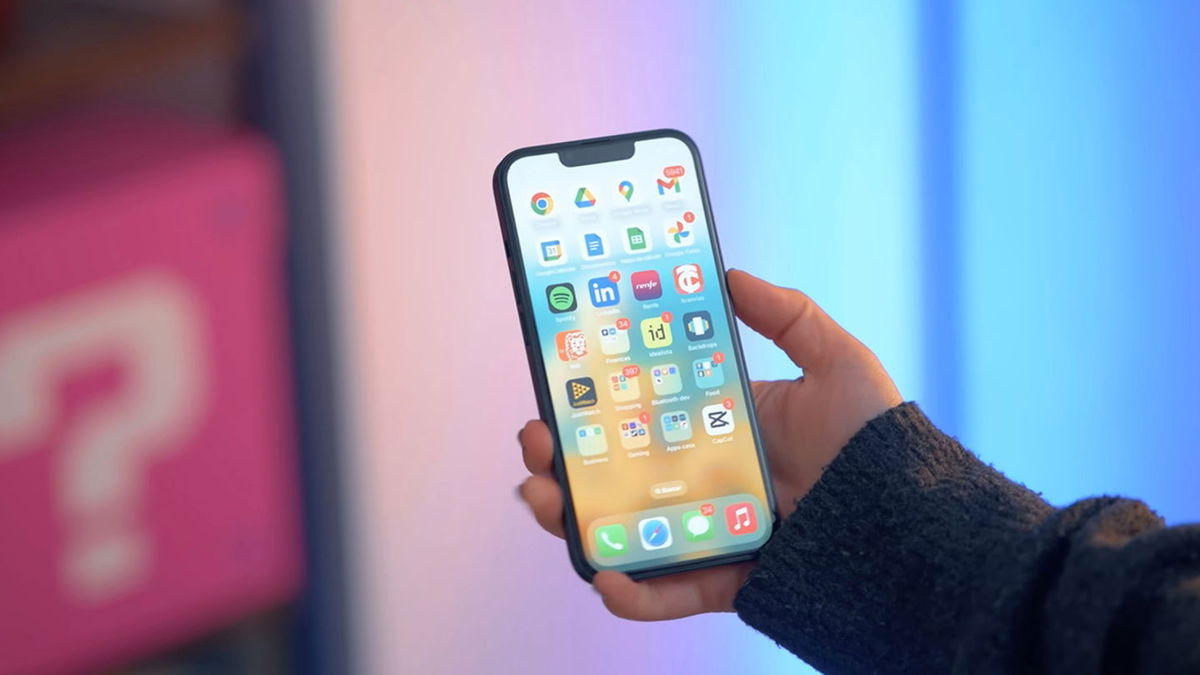In 2003, a Seville historian Marcial Castro contacted a team of forensic experts in Jose Antonio Lorentefrom the University of Granada. His goal was to help him determine whether the bones buried in the Seville Cathedral belonged to Christopher Columbus They really were. And if yes, then find out its origin, because it is one of the greatest mysteries in history.
More than 20 years later, we can see the answer to both questions in the documentary. RTVE next Saturday, October 12th. But in fact, only one of the answers will be a surprise. Investigators have not said anything about the investigation into the case. Origin of Christopher Columbus. However, they started talking about his burial, since this had been known for a long time.
We know that the bones actually belong to the so-called discoverer of America. However, the tomb contained only about 30% of your skeleton. Where the rest is remains a mystery. At least for now.
Research to find Christopher Columbus
Forensic scientists can identify remains by comparing their DNA with that of their identified relatives. In the case of Christopher Columbus, the bones his son Hernandowhose tomb, also in the Cathedral of Seville, never left room for doubt. But to confirm the DNA was also compared with DNA his brother Diego, He was buried in Cartuja, Seville.
As Lorente explained in an article published Balearic medicine, There are three types of DNA that are taken into account in forensic science. First we find autosomal DNA. It is found in 22 pairs of sexless chromosomes. That is, in everyone except X and Y. It makes up about 98% of the DNA in the nucleus and is different in all people except twins. Therefore, when we know the genetic profile of a person, it is a very good identification tool.
On the other hand, when we analyze relationships, the other two can also be very useful. On the one hand, there is Y chromosome DNA. It is the male sex chromosome, so its DNA is passed on to parents and children. This may help identify all males on the paternal side. And on the other hand, we have mitochondrial DNA. It is found not in the nucleus, but in mitochondria – the organelles in which cellular respiration occurs. They contain many copies of DNA, so it is very useful to recognize very old or damaged samples. If one copy was demoted, more may have been saved. In this case, transmission occurs through the maternal line. So with the Y chromosome and mitochondria we have both lineages.
The bones in the possible tomb of Christopher Columbus were very old and poorly preserved. The same thing happens to his brother Diego. Fortunately, as we have already seen this usually happens, it was possible. save your mitochondrial DNA. Since they both had the same mother, this would be a good sample to analyze. And so it was. It turns out that they are really brothers. Additionally, the slim possibility of recovering two other types of DNA from his and his son’s bones was analyzed for confirmation, and the relationship could also be confirmed.
Why now?
Lorente’s article in which he explains the analysis methods is dated 2007. Even then it was known that with a high probability the bones in the Seville Cathedral belonged to Christopher Columbus.

However, this news is now spreading through the media for two reasons. On the one hand, because it will be one of the main topics of Saturday’s documentary. And, on the other hand, because during all this time other research groups were able to reproduce their results, something significant in science. Forensic Anthropology Team Miguel Botellaalso from the University of Granada, conducted anthropometric analysis and other forensic laboratories confirmed the DNA analysis.
Yes, the bones in the cathedral belong to Christopher Columbus. But there are still questions.
Other questions about Christopher Columbus
The first big question that arises after achieving these results, the reproducibility of which will soon be published, is where the rest of the skeleton is located. Lorente suspects that he may be in Dominican Republic. However, this has not yet been confirmed.
Another question is the origin of Christopher Columbus. Many countries have claimed to be his birthplace. From Italy to Sweden via Norway, Portugal, France, England, Scotland, Hungary, Ireland, Croatia and Spain.. Moreover, there is talk within our country that he could be Mallorcan, Galician, Castilian, Catalan, Valencian or Navarrese. He might even be a Sephardi.
Many of these hypotheses have already been rejected, but some are still very strong. One of them says that Christopher Columbus was born in the city Felanich, in Mallorca, and that he was the son of Don Charles EvreuxPrince of Viana. The body of a possible progenitor is located in the Poblet monastery, in Tarragona, and forensic experts have also gained access to it.
We don’t know if they matched this one or any of the other parent candidates. The hypothesis that Christopher Columbus was Genoese. Italy will also not want to give up the fact that it was the birthplace of the famous discoverer.
But we’ll find out soon. New data may be released this Saturday.
Source: Hiper Textual














